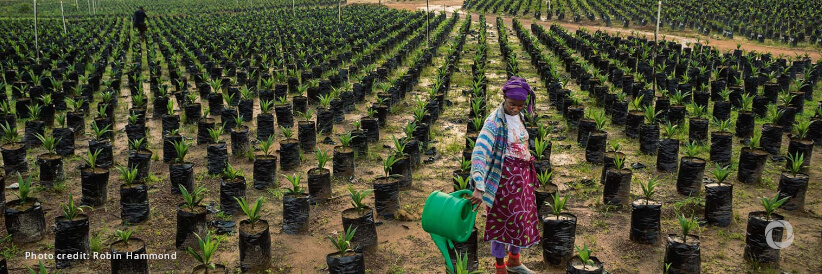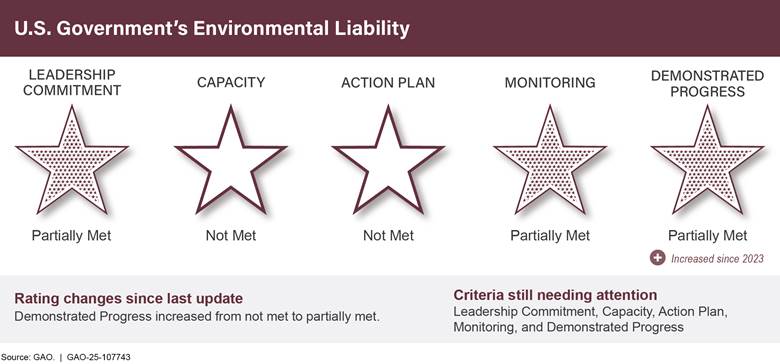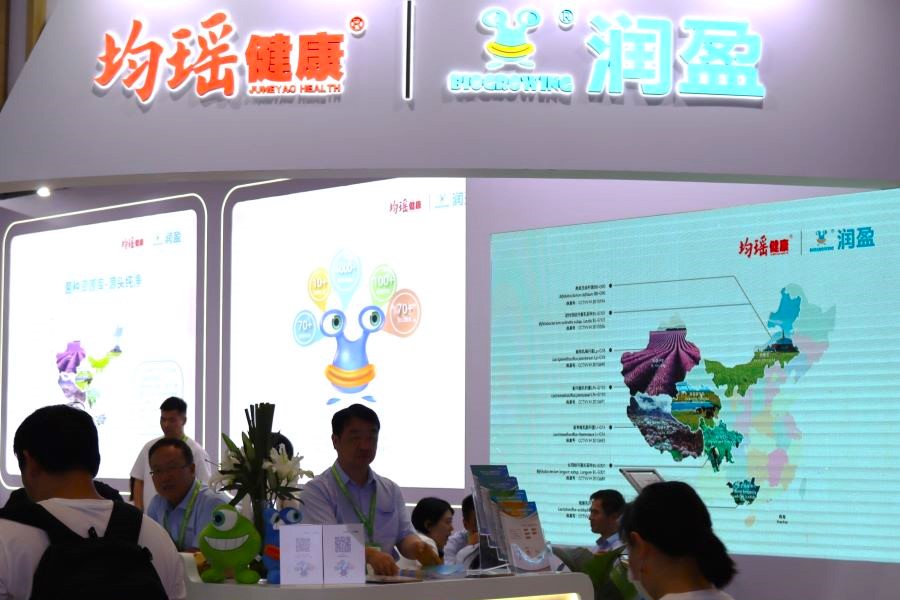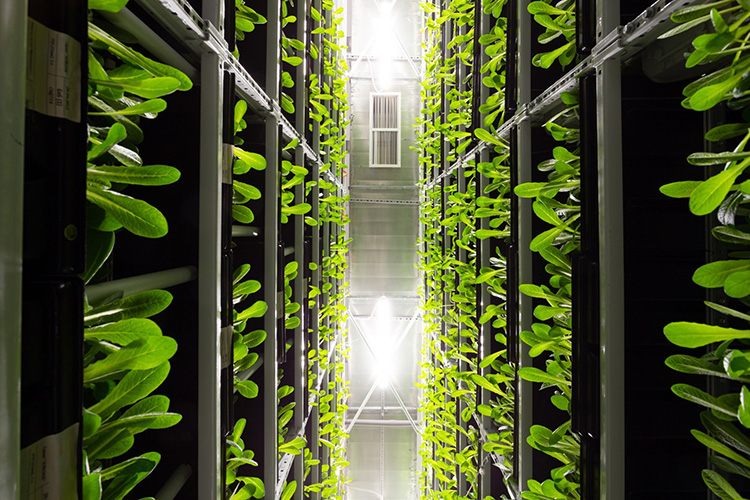Report on the Role of Localized Seed Banks in Advancing Sustainable Development Goals in Haiti
Introduction: Addressing Agricultural Deficiencies to Combat Poverty and Hunger
In Haiti, smallholder farmers face significant challenges to their livelihoods due to the unreliable quality of agricultural seeds, with germination rates as low as 40 to 50 percent. This inefficiency directly undermines crop yields and profitability, exacerbating poverty and food insecurity. In a direct effort to address SDG 1 (No Poverty) and SDG 2 (Zero Hunger), the Food and Agriculture Organization (FAO) has partnered with the Haitian Ministry of Agriculture to implement a program focused on localizing the seed economy through community-based seed banks.
The Groupements de Production Artisanale de Semences (GPAS) Initiative
Core Mission and Contribution to SDG 2 (Zero Hunger)
The initiative centers on the establishment of over 200 organized seed banks, known as Groupements de Production Artisanale de Semences (GPAS). The primary function of these groups is to cultivate and distribute high-quality, locally adapted seeds to farmers. This strategy is designed to increase agricultural productivity, enhance food security, and reduce the nation’s dependency on foreign food and seed imports. According to PierreFrantz Jacques, an FAO project manager, the provision of quality seeds by GPAS is a direct contribution to “the improvement of agricultural productivity and food security in communities,” a critical intervention in a country where more than half the population faces emergency food insecurity.
Strategic Alignment with Global Goals
The GPAS program is a multi-faceted initiative that actively contributes to several Sustainable Development Goals:
- SDG 1 (No Poverty): By improving yields and creating viable local enterprises, the program enhances farmer income and builds more stable livelihoods.
- SDG 2 (Zero Hunger): The core objective is to ensure access to safe, nutritious, and sufficient food by strengthening local food production systems.
- SDG 8 (Decent Work and Economic Growth): GPAS function as small-scale enterprises, promoting sustainable local economic growth and creating decent work within communities.
- SDG 17 (Partnerships for the Goals): The project exemplifies a powerful partnership between a UN agency (FAO), a national government (Ministry of Agriculture), and local community organizations.
From Humanitarian Response to Long-Term Resilience
Origins in Crisis and a Vision for Sustainability
The GPAS program was significantly revitalized following the catastrophic 2010 earthquake. Recognizing the insufficiency of the existing seed systems, the FAO shifted its focus from immediate emergency assistance to long-term strategies for rebuilding the agricultural sector. This forward-thinking approach aimed to build lasting resilience from the outset. “You have to prepare for later from the beginning,” noted Pierre Vauthier, FAO’s Representative in Haiti, emphasizing the importance of integrating resilience activities into humanitarian response.
Building Climate Resilience and Supporting SDG 13 (Climate Action)
A key component of the program is strengthening the capacity of farmers to withstand climate-related shocks, a direct contribution to SDG 13 (Climate Action). The FAO provides GPAS with tools, such as storage silos, and training in proper storage techniques. This enables farmers to protect their seed stocks from extreme weather events. The use of high-quality, locally adapted seeds further serves as an “adaptation tool which allows farmers to continue to cultivate crops even during extreme conditions,” as stated by Mr. Jacques.
Methodology: A Hybrid Approach to Sustainable Agriculture
Integrating Scientific Innovation and Local Knowledge
The GPAS methodology successfully merges scientific advancements with traditional ecological knowledge. While the program introduces best practices derived from research, it empowers local farmers to select the seed varieties they wish to cultivate. This often leads to the selection of indigenous species that are already well-adapted to the local environment and are integral to local agricultural traditions. This practice supports SDG 12 (Responsible Consumption and Production) by promoting sustainable production patterns rooted in local ecosystems.
Key Components of the GPAS Program
The support provided to GPAS is structured around several key activities:
- Provision of high-quality, first-generation seeds (semences de base) to establish a foundation for quality seed production.
- Comprehensive training in advanced techniques for cultivation, harvesting, and post-harvest management.
- Capacity building in financial management to ensure the economic sustainability of the seed bank enterprises.
- Distribution of essential tools and infrastructure, including silos, to improve storage and reduce losses.
Conclusion: The Impact of Localized Seed Systems on Sustainable Development
Fostering Autonomy and Dignity
The ultimate impact of the GPAS initiative extends beyond agricultural metrics. By empowering farmers to produce their own quality seeds, the program reduces their dependence on external aid and volatile markets. This fosters greater autonomy and self-sufficiency. As Mr. Vauthier observed, “Resilience can give communities back dignity. It can make your brain think in a very different way, not as assisted but as someone taking control of his own life.”
A Foundational Step Towards Achieving the SDGs
In the face of Haiti’s protracted crisis, the GPAS program demonstrates that localized, sustainable initiatives are fundamental to progress. These seed banks represent a tangible and lasting solution that directly addresses the interconnected challenges of poverty, hunger, climate change, and economic stability. They serve as a working model for how targeted, community-led interventions can drive meaningful progress toward the Sustainable Development Goals, proving that even a single seed can be a catalyst for profound and resilient change.
Analysis of the Article in Relation to Sustainable Development Goals
1. Which SDGs are addressed or connected to the issues highlighted in the article?
The article on seed banks in Haiti addresses several interconnected Sustainable Development Goals by focusing on improving agricultural practices to build resilience and food security. The following SDGs are relevant:
- SDG 1: No Poverty: The article highlights that poor seed quality “diminishes their yield and profit” and decreases farmers’ “ability to sustain their livelihoods.” By improving agricultural productivity, the project aims to increase income for small farmers, who constitute a majority of the poor, thereby contributing to poverty reduction.
- SDG 2: Zero Hunger: This is the most central SDG in the article. The project directly confronts “emergency food insecurity” by working to “improvement of agricultural productivity and food security in communities.” The goal is to increase local food production and reduce Haiti’s dependency on food imports.
- SDG 8: Decent Work and Economic Growth: The article notes that “two-thirds of Haiti’s population relies on agriculture for their livelihoods.” The initiative supports this large segment of the workforce by making their agricultural activities more productive and profitable, which fosters economic stability and growth from the community level up.
- SDG 13: Climate Action: The project addresses climate change adaptation. It provides seeds “adapted to certain climate conditions” and tools like silos to protect stocks during “climate shocks” and “extreme weather events.” The article explicitly calls the seeds an “adaptation tool,” strengthening the resilience of the agricultural sector to climate-related hazards.
- SDG 17: Partnerships for the Goals: The entire initiative is a collaboration between the Food and Agriculture Organization (FAO), an international body, and the Ministry of Agriculture in Haiti, a national government entity. This partnership is crucial for mobilizing resources, sharing knowledge, and implementing the project effectively.
2. What specific targets under those SDGs can be identified based on the article’s content?
Based on the actions and goals described in the article, several specific SDG targets can be identified:
- Target 1.5: “By 2030, build the resilience of the poor and those in vulnerable situations and reduce their exposure and vulnerability to climate-related extreme events and other economic, social and environmental shocks and disasters.” The article emphasizes building resilience, particularly in the aftermath of the 2010 earthquake and in the face of ongoing “climate shocks.” The FAO’s focus is on moving from “emergency to resilience.”
- Target 2.1: “By 2030, end hunger and ensure access by all people… to safe, nutritious and sufficient food all year round.” The project directly aims to alleviate the “emergency food insecurity” affecting more than half the country by increasing local food production.
- Target 2.3: “By 2030, double the agricultural productivity and incomes of small-scale food producers…” The core of the GPAS program is to provide high-quality seeds and training to “increase farmers’ yields” and “profit,” directly targeting the productivity and income of small farmers.
- Target 2.4: “By 2030, ensure sustainable food production systems and implement resilient agricultural practices that increase productivity and production, that strengthen capacity for adaptation to climate change, extreme weather…” The use of locally adapted seeds and proper storage techniques are examples of resilient agricultural practices being implemented to withstand “extreme conditions.”
- Target 2.5: “By 2020, maintain the genetic diversity of seeds… including through soundly managed and diversified seed and plant banks…” The establishment of over 200 local seed banks (GPAS) that cultivate and preserve “local species which are already well-adapted to the environment” directly contributes to this target.
- Target 13.1: “Strengthen resilience and adaptive capacity to climate-related hazards and natural disasters in all countries.” The project’s provision of climate-adapted seeds and storage silos is a direct measure to strengthen the adaptive capacity of Haitian farmers to climate shocks.
- Target 17.16: “Enhance the global partnership for sustainable development… that mobilize and share knowledge, expertise, technology and financial resources…” The project is a clear example of this target in action, with the FAO and the Haitian Ministry of Agriculture partnering to share expertise and resources.
3. Are there any indicators mentioned or implied in the article that can be used to measure progress towards the identified targets?
The article does not cite official SDG indicator codes, but it mentions or implies several metrics that can be used to measure progress:
- Seed Germination Rate: The article establishes a baseline problem of seeds that “may grow only 40 or 50 per cent of the time.” An increase in this germination rate would be a direct indicator of improved seed quality and progress towards Target 2.3.
- Agricultural Yield/Productivity: A primary goal is to “increase farmers’ yields.” Measuring the change in crop output per farmer or per unit of land would indicate progress towards Targets 2.3 and 2.4.
- Number of Local Seed Banks (GPAS): The article states there are “now over 200 GPAS located throughout Haiti.” The continued growth in the number of these community seed banks is a direct indicator for Target 2.5.
- Farmer Income/Profit: The article notes that poor seeds “diminish their yield and profit.” Tracking the income of participating farmers would measure progress towards Target 2.3.
- Dependency on Imports: A stated goal is “reducing dependency on foreign seed and food imports.” A decrease in the volume or value of these imports would serve as an indicator of increased local production and food security (Target 2.1).
- Prevalence of Food Insecurity: The article cites that “more than half of the country facing emergency food insecurity” is a key challenge. A reduction in this statistic would be a high-level indicator of the project’s success in contributing to Target 2.1.
4. Summary Table of SDGs, Targets, and Indicators
| SDGs | Targets | Indicators (Identified or Implied in the Article) |
|---|---|---|
| SDG 1: No Poverty | 1.5: Build resilience of the poor and reduce vulnerability to climate and economic shocks. |
|
| SDG 2: Zero Hunger |
2.1: End hunger and ensure access to food. 2.3: Double agricultural productivity and incomes of small-scale food producers. 2.4: Ensure sustainable and resilient agricultural practices. 2.5: Maintain genetic diversity of seeds through seed banks. |
|
| SDG 8: Decent Work and Economic Growth | 8.5: Achieve full and productive employment and decent work. |
|
| SDG 13: Climate Action | 13.1: Strengthen resilience and adaptive capacity to climate-related hazards. |
|
| SDG 17: Partnerships for the Goals | 17.16: Enhance the global partnership for sustainable development. |
|
Source: news.un.org







